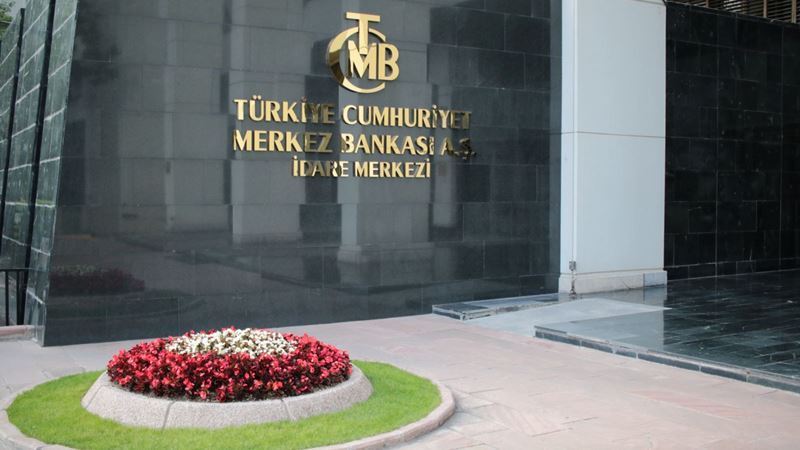After the crisis that started with the bankruptcy of the Silicon Valley Bank, it is said that the markets, which went into a stagnation phase with the takeover of Switzerland-based Credit Suisse by UBS, and now the commercial real estate (CRE) markets may be shaken.
As the remote working situation, which has become widespread with the effect of the pandemic that has shaken the whole world, increases, commercial real estates in the USA are also adversely affected by this situation.
The whole process was covered by USA Today, saying, “Long before the collapse of the two banks in March, the industry was grappling with various issues such as reduced demand due to remote work, increasing costs and interest rates.” MS analyst Lisa Shalett summed up the industry's challenge in her latest report: “The biggest challenge is that more than half of the $2.9 trillion commercial mortgage will be refinanced over the next few years."
Even if current rates stay where they are, new lending rates are likely to be 3.5 to 4.5 percentage points higher than many of CRE's existing mortgages." The consensus of MS analysts is as follows: “The situation may soon get worse, given that 80 percent of commercial real estate loans are made up of small and medium-sized banks.
Commercial real estate prices could decrease as much as 40 percent to compete with the decrease during the 2008 financial crisis. Such challenges can harm not only the real estate industry, but all the businesses associated with it.”
Converting offices into homes
So what do market representatives say? Mark Grinis, Sales Manager, EY Americas, describes the industry challenge: “If you look at our data centers or industrial buildings that power e-commerce, they're doing pretty well. If you go into a multi-family business, rents may soften a bit, but there is still a shortage of housing.
When it comes to office loans, there were 44 percent more defaults by volume and 55 percent more in private service since 2021. So storm clouds are coming. In the short term, poorly constructed, capitalized and financed buildings will likely either undergo some form of ownership change or go through foreclosure.”
Kip Sowden, CEO of Dallas-based RREAF Holding, which manages $5 billion in assets, also pointed out that the industry is shrinking due to “tighter lending requirements”: “In 2022, our company exceeded $1.5 billion in transaction volume of $1.3 billion in 2021. In 2023, we think these numbers will likely be halved due to higher interest rates and a reduction in the number of deals financial institutions will seek to fund.”











Comments
No comment yet.